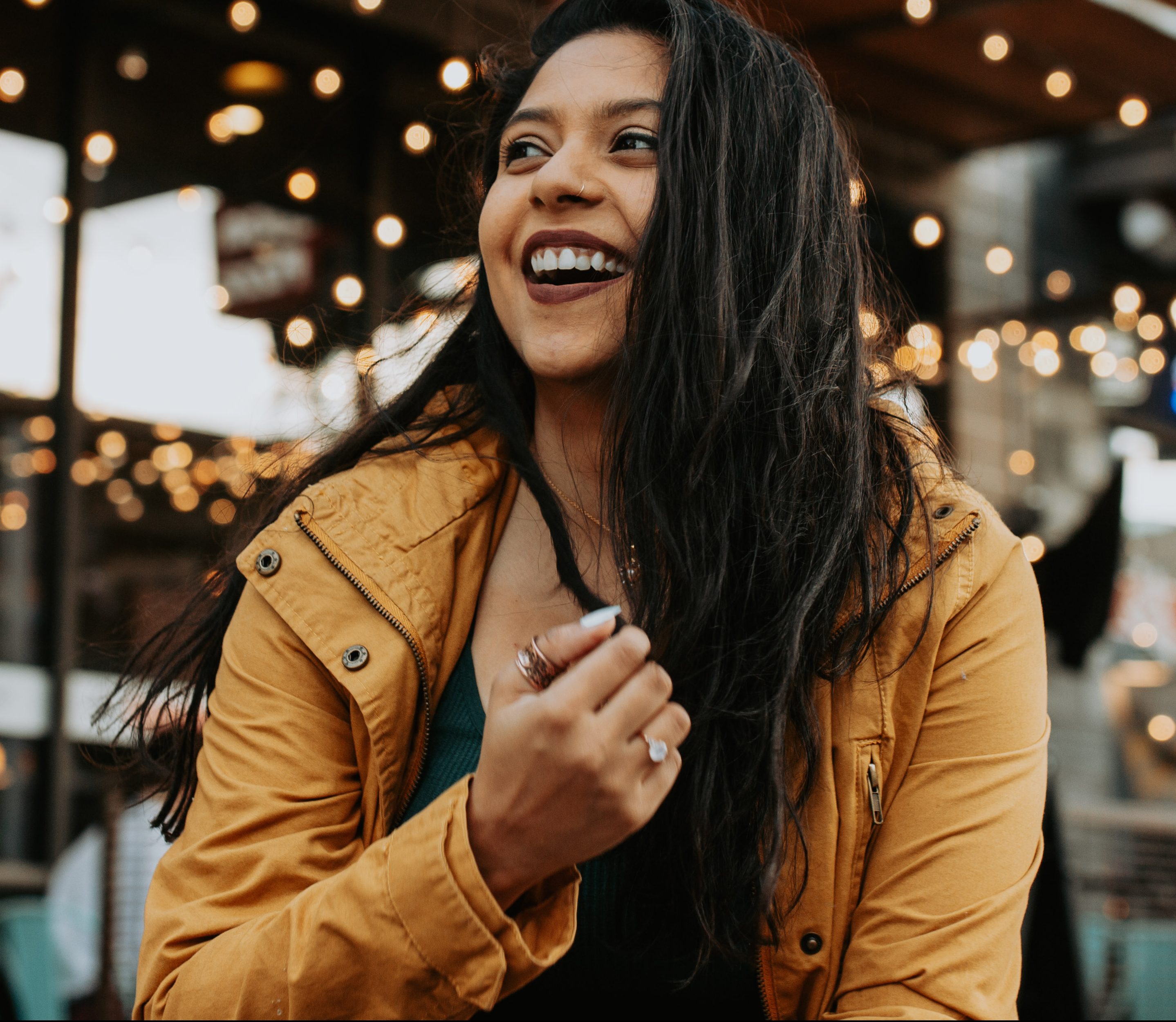As Asian American Pacific Islander (AAPI) and mental health awareness month wrap up at the end of May, I’m reflecting on my experience of being a South Asian wellness practitioner during this month.
AAPI heritage month during mental health awareness month is particularly interesting. There is AAPI heritage month during mental health awareness month is particularly interesting. There is an obvious lack of elevation of AAPI folk specifically in the health and wellness, particularly Yoga, breathwork, and holistic wellness sector during this time. And while initially we can say, “hey where is the diversity and inclusion? Where is the representation?” There is a bigger conversation to be had around the safety AAPI feel around having mental health conversations to begin with.
According to the National Alliance of Mental Illness (NAMI), AAPIs have the lowest health seeking rate of any racial or ethnic group with only 23.3% of adults with a mental illness seeking treatment, as reported in 2019. Without any updated data or statistics of 2020 onwards, we can only ponder the change in these rates as we’ve gone through a global pandemic, cultural and societal shifts, and a higher risk of mental, emotional, physical, and spiritual illnesses.
The stark absence of AAPI, was more jarring to me than other months when I have not really been aware or paying attention to this phenomena. From an individual level, noticing why fellow AAPI have not elevated conversations around mental health and emotional wellness during mental health awareness month as big as they could, comes down to a conversation of safety.
Many other AAPI cultures don’t have an open dialogue around mental, emotional, physical, and spiritual imbalances. There is a lack of understanding about mental illness and stigma associated with what that means, and almost an avoidance to the health impacts that are connected and correlated. Many are the first in their family or generation to open the dialogue around mental health. And even though it feels like they have broken the barrier to begin these conversations, to magnify and amplify their voice is still an incredibly scary experience.
You’re dealing with traditional thoughts and familial structures around health, alternative treatments, cultural acceptance to seek care, immigration status and implications on insurance, and generally feeling unsafe to open up dialogue as it would feel inconvenient, amongst many other barriers. Even though most of the wisdom traditions, holistic, alternative medicine pathways come from AAPI cultures, existing in American society and having assimilated, makes it even more confusing for those who are integrating their identities in society.
On top of that, being a practitioner from a holistic field, that does not match the traditional role of a doctor, physician, or caretaker, internally proves more challenging as there is so much so many more stereotypes to navigate around when being a practitioner in the healing arts.
So, I don’t really have a solution to provide here. I think it’s important to notice that the representation that isn’t happening isn’t necessarily coming from an external force. There is an internal dialogue and battle that many of us wellness practitioners are facing as a AAPI that have to do with our own healing and integration. What would it be like for us to feel more confident in speaking about things that our previous generations didn’t really have the opportunity to speak upon? What would it be like for us to educate around things without the shame and guilt? How can we develop our own authentic expression where it feels culturally, societally, and personally relevant to the work that we love?


